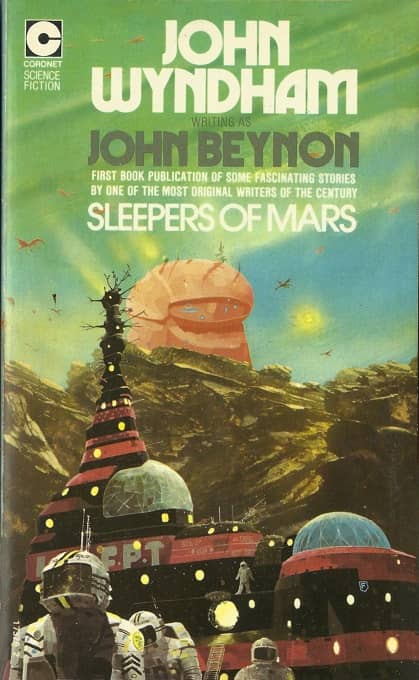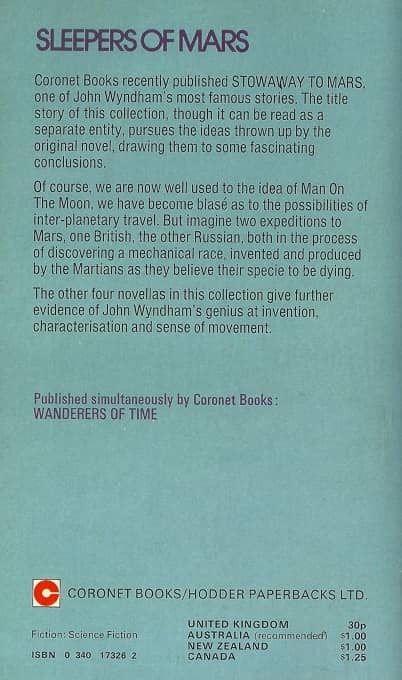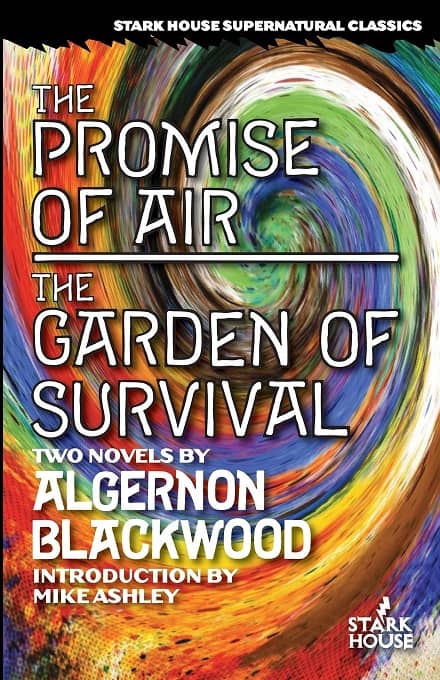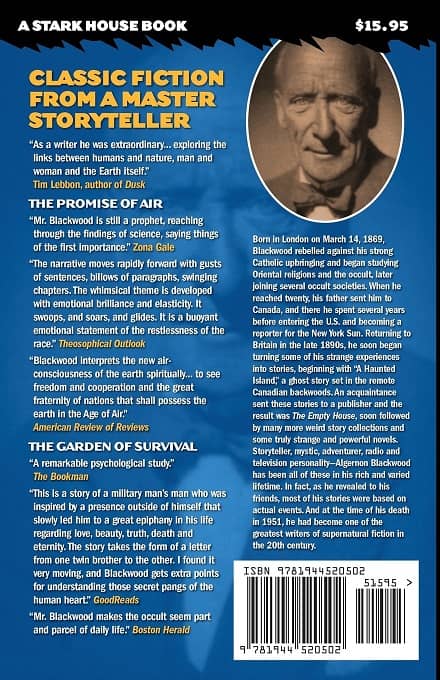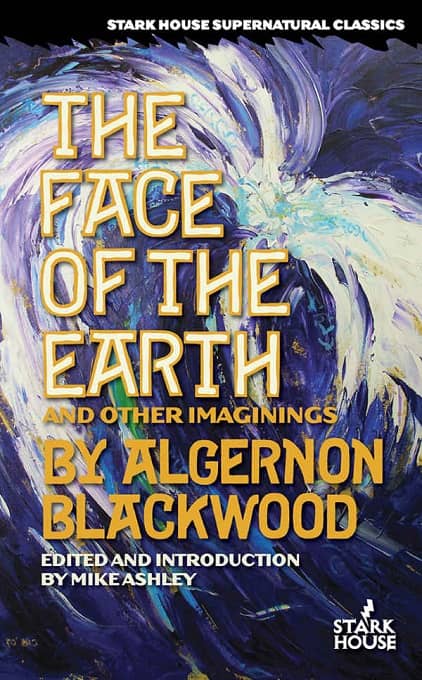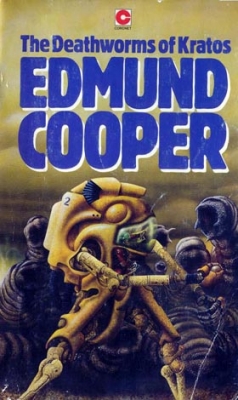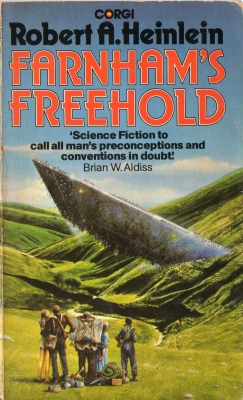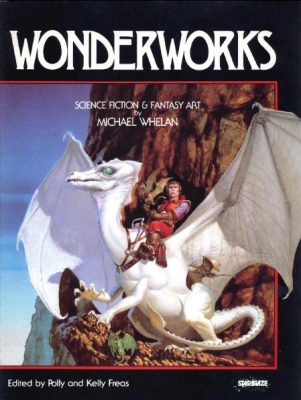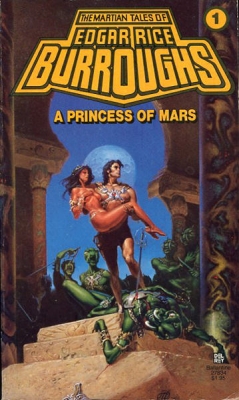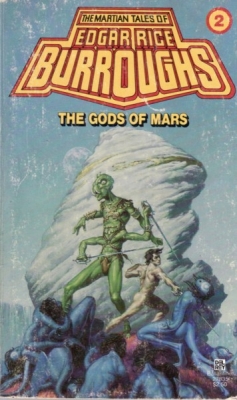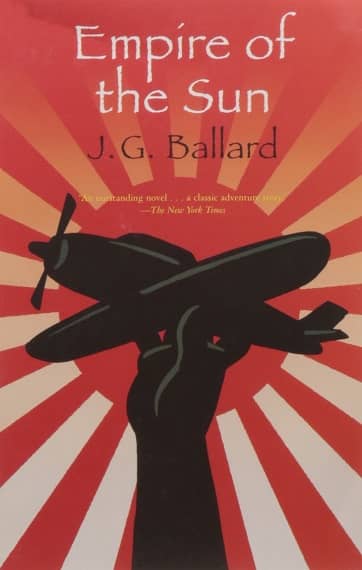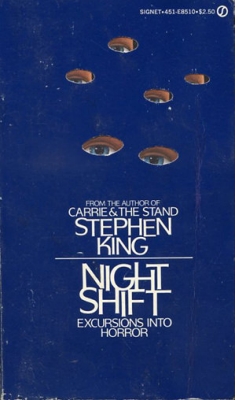Vintage Treasures: After Midnight edited by Charles L. Grant
 |
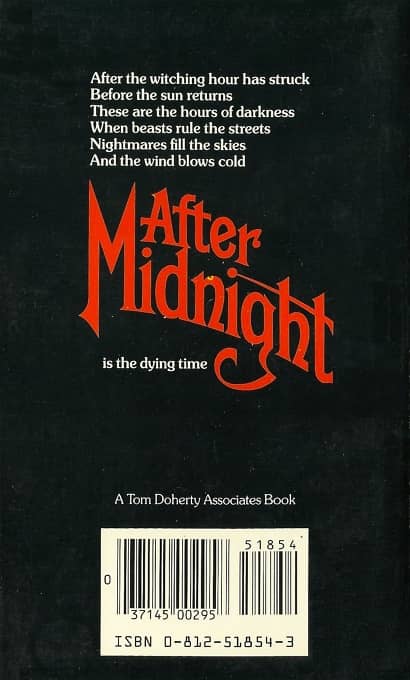 |
The 80s were a very fertile ground for horror anthologies. Karl Edward Wagner kicked off the decade with the first volume of the seminal The Year’s Best Horror Stories in 1980, and he produced one volume per year until 1994. Dark Harvest published nine volumes of the superb Night Visions anthology series beginning in 1984; Stuart David Schiff edited six volumes of Whispers (1977-1987); J. N. Williamson produced three volumes of Masques; and there were many others.
Charles Grant, who died in 2006, was one of the most prolific horror anthologists of the 80s. His well respected Shadows began in 1978 and ran for 11 volumes before ending in 1991. He edited four volumes of the shared world horror series Greystone Bay (1985-1993), and numerous standalone anthologies, including Night Visions 2 (1985), Horrors (1981), Terrors (1982), Gallery of Horror (1983), Fears (1983), and Midnight (1985).
After Midnight was published by Tor in 1986, and it’s fairly typical of Grant’s anthologies from this period. It’s a mix of new and reprint fiction, including reprints from Ramsey Campbell, Reginald Bretnor, R. Chetwynd-Hayes, and David Langford, and original stories by Alan Ryan, Joe R. Lansdale, Ellen Kushner, Ardath Mayhar, Joseph Payne Brennan, and even fellow Ottawa local Galad Elflandsson, who used to moonlight at The House of Speculative Fiction and recommend horror books to me.
After Midnight never kicked off a new horror anthology series, although to my speculative young eyes I thought for sure it would have. Maybe it didn’t sell well enough; maybe Grant just had too many other series on the go. Whatever the case, it’s a fine book, and still deserves a look today. Here’s the Table of Contents.
